-
NASA’s TIMED satellite narrowly avoided a collision with Russia’s dead Cosmos 2221 spacecraft this week.
-
In a worst-case scenario, the impact would launch 7,500 bits of debris into low Earth orbit.
-
As the amount of space debris in low Earth orbit increases, the likelihood of satellite collisions also increases.
Two satellites nearly collided in space on Wednesday in a harrowing encounter that satellite tracking company LeoLabs described as “too close for comfort.”
NASA’s Thermosphere Ionosphere Mesosphere Energy and Dynamics (TIMED) satellite passed less than 65 feet past Russia’s inoperable Cosmos 2221 spacecraft. That’s less than the length of a tennis court.
Both of these satellites are not maneuverable, meaning neither the United States nor Russia has control over where they go.
If they had collided it would have destroyed both satellites; It could launch 2,500 to 7,500 pieces of space junk into Earth orbit; This fragment would now be orbiting our planet at thousands of miles per hour, faster than bullets.
The fragments would not pose a danger to life on Earth, as any fragments entering our atmosphere would burn up during free fall.
But the resulting debris could threaten future space flights and the lives of astronauts, as it could make navigating low Earth orbit much more dangerous.
“There are ‘bad neighborhoods’ where these huge derelicts preferentially accumulate,” LeoLabs Senior Technical Officer Darren McKnight told Business Insider in an email.
As the number of objects orbiting the Earth increases each year, it becomes increasingly difficult to avoid collisions in these cramped spaces.
Earth’s orbit is becoming overcrowded
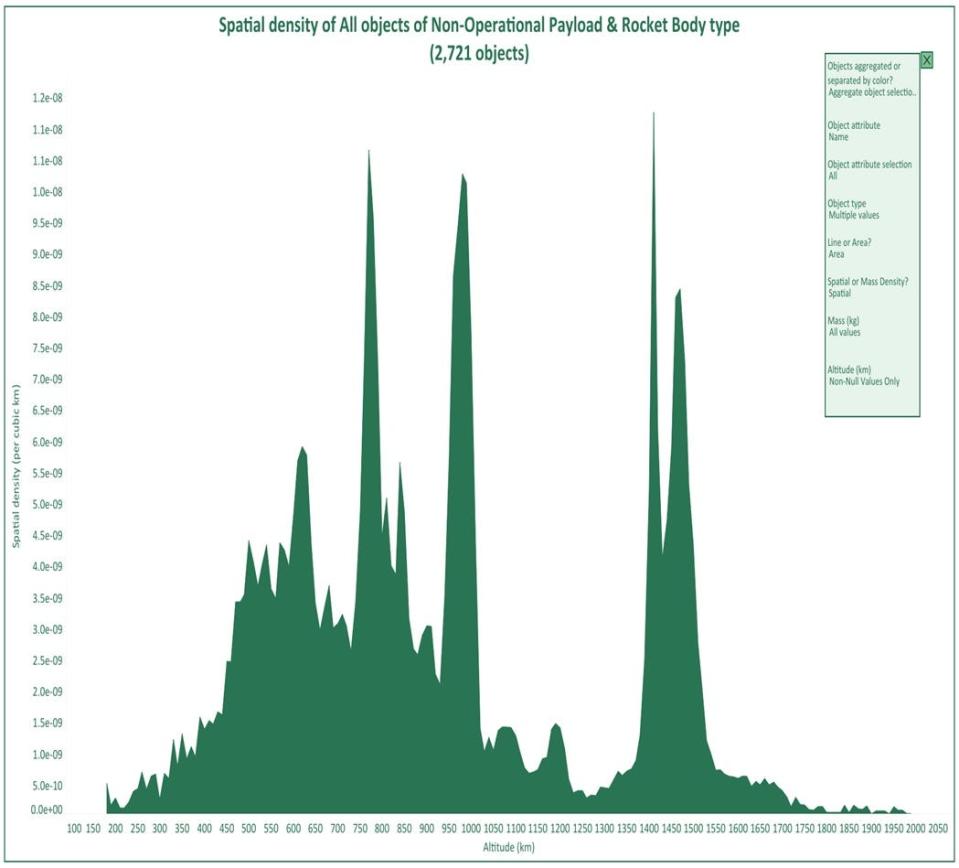

Near-collisions between large space objects like this are rare, but it only takes one to completely change the landscape of Earth’s orbit and endanger countless other satellites, space telescopes, and even the International Space Station.
For example, two satellite collisions that occurred in 2007 and 2009, respectively, increased the amount of large debris in low Earth orbit by approximately 70%.
With the emergence of mega-constellations of internet satellites such as SpaceX’s Starlink and Amazon’s Kuiper, the number of objects in low-Earth orbit grows larger with each passing year and the risk of collision increases.
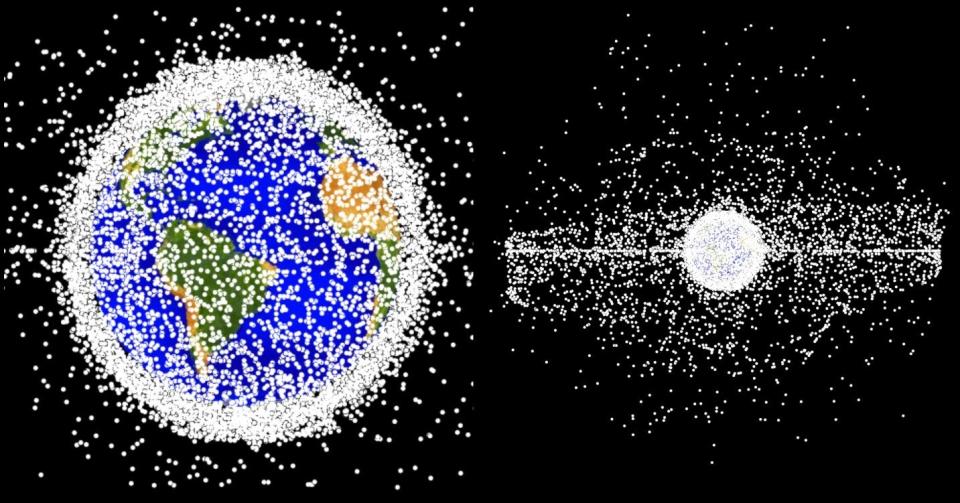

In 2007, scientists estimated approximately 10,000 low Earth objects. By 2021, this number has doubled. And most of them aren’t even useful; space junk.
Roughly 70% of these are debris from damaged or malfunctioning rockets, satellites and inoperative payloads, according to LeoLabs.
But that’s what’s been catalogued.
The European Space Agency estimates that about 1 million bits between 1 cm and 10 cm orbit the Earth, while another 130 million bits are smaller than that.
Space debris is so common that the International Space Station sometimes has to navigate around it.
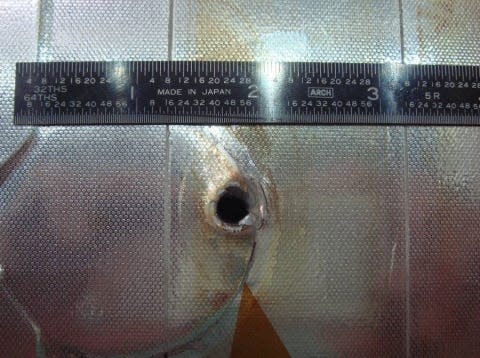

In March 2023, the ISS dodged objects twice in one month; first to avoid a collision with a satellite, and then again a few days later to maneuver around debris.
Even the slightest debris can damage the space station and endanger astronauts, but no astronauts have yet died from space debris.
floor cleaning race
The consequences of space debris are so real that the worst-case scenario has a name: Kessler syndrome.
In this scenario, an impact would set off a chain reaction, creating a devastating domino effect that produces so much space debris that no spacecraft will be able to safely leave Earth for hundreds or even thousands of years.
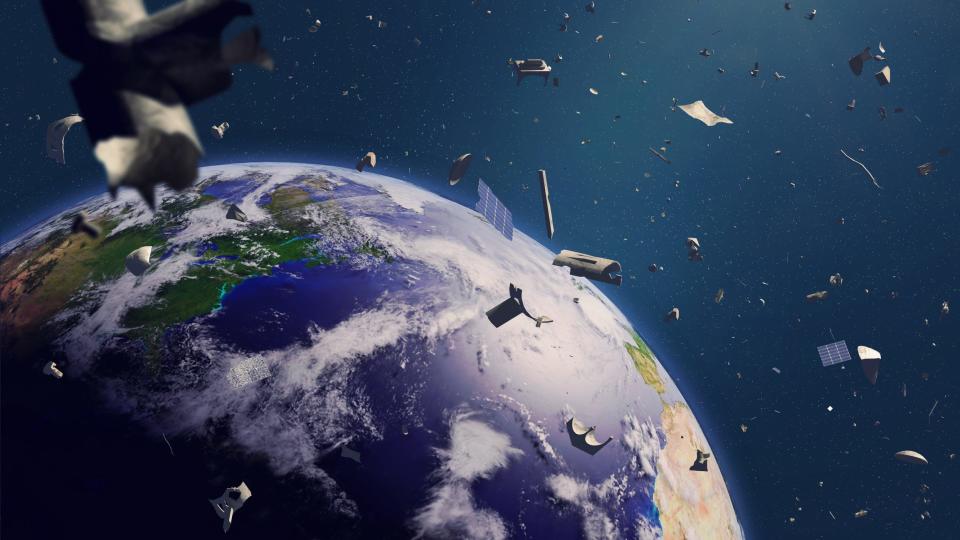

But preventing collisions today could offset a possible Kessler syndrome scenario in the future. Some governments and private companies have also begun to find solutions to the problem.
New space industry norms, and even policies in some countries, are prompting satellite operators to design their spacecraft to self-destruct when they die, pushing themselves into free fall that would cause them to burn up in the atmosphere.
Last year, the Federal Communications Commission, the U.S. agency that regulates most communications satellites, took its first enforcement action on space debris, fining Dish Network $150,000 for failing to properly dispose of a retired satellite.
Some governments seem less concerned about this. Both India and Russia have tested anti-satellite missiles, destroying their own satellites in orbit, creating new clouds of debris.
As for old, inoperable spacecraft stranded in orbit, such as Cosmos 2221, NASA outsources research and development to private companies to collect them.
In September 2023, the space agency awarded TransAstra $850,000 for its concept of “Flytrap” space debris capture bags (basically, giant high-tech trash bags that would collect large amounts of space debris).
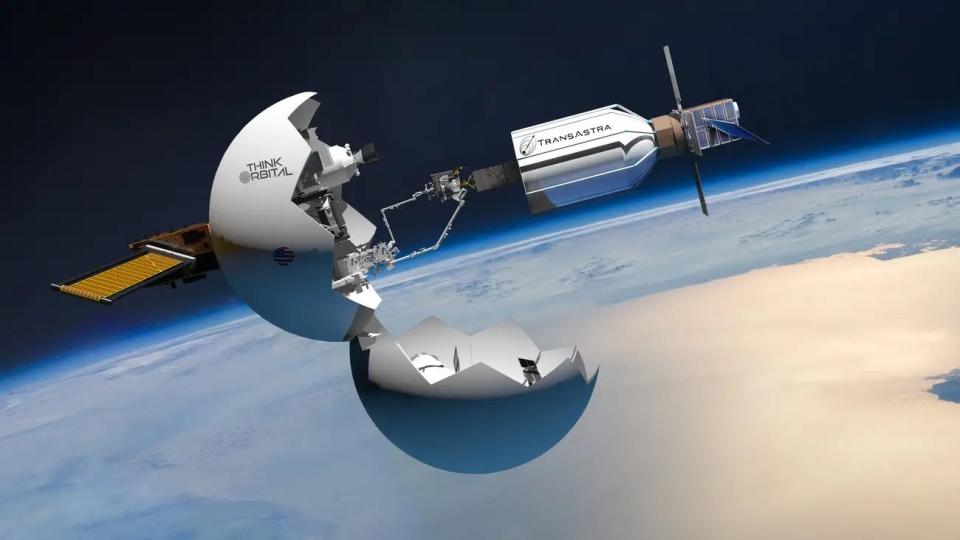

Outside the US, other companies are also developing their own innovative disposal solutions. Japanese company Astroscale has designed a spacecraft with magnetic plates that can attach to dead satellites and pull them into free fall.
However, these field cleaning technologies are still in the testing phase. The European Space Agency plans to be the first agency to remove a piece of debris from Earth orbit with its Clearspace-1 mission, scheduled for launch in 2026.
LeoLabs, meanwhile, hopes its precise data on orbiting objects will help satellite operators predict and avoid collisions like the one that occurred Wednesday.
Read the original article on Business Insider